Gangaikonda Choleeswarar Temple / Jagannathesvarar Temple: A 1000-Year-Old Lord Shiva Temple in Koolampandal, Tiruvannamalai, Near Kanchipuram | Exploring a Unique Temple Built by Rajendra Chola’s Spiritual Guru Isana Siva Pandithar – Visit, Temple Timings, History, Contact Details, and Travel Guide (Updated)
– shiva temple representing the grand chola architecture
Gangaikonda Choleeswarar temple / Sri Gangaikonda Sozhiswarar temple is located in the Thiruvannamalai district, and approximately 18 km from Kanchipuram at the Koozhampandal (Kulamandal) village, near Kanchipuram. This temple is dedicated to Sri Uthira Gangaikonda Choleeswarar – Lord Shiva, was commissioned during the reign of Rajendra Chola I – the Vikrama Chozha by his spiritual advisor, Eesana Sivapandithar after Rajendra Chola’s victorious campaign up to the Ganges. This temple is currently well maintained by the Archaeological Survey of India (ASI).
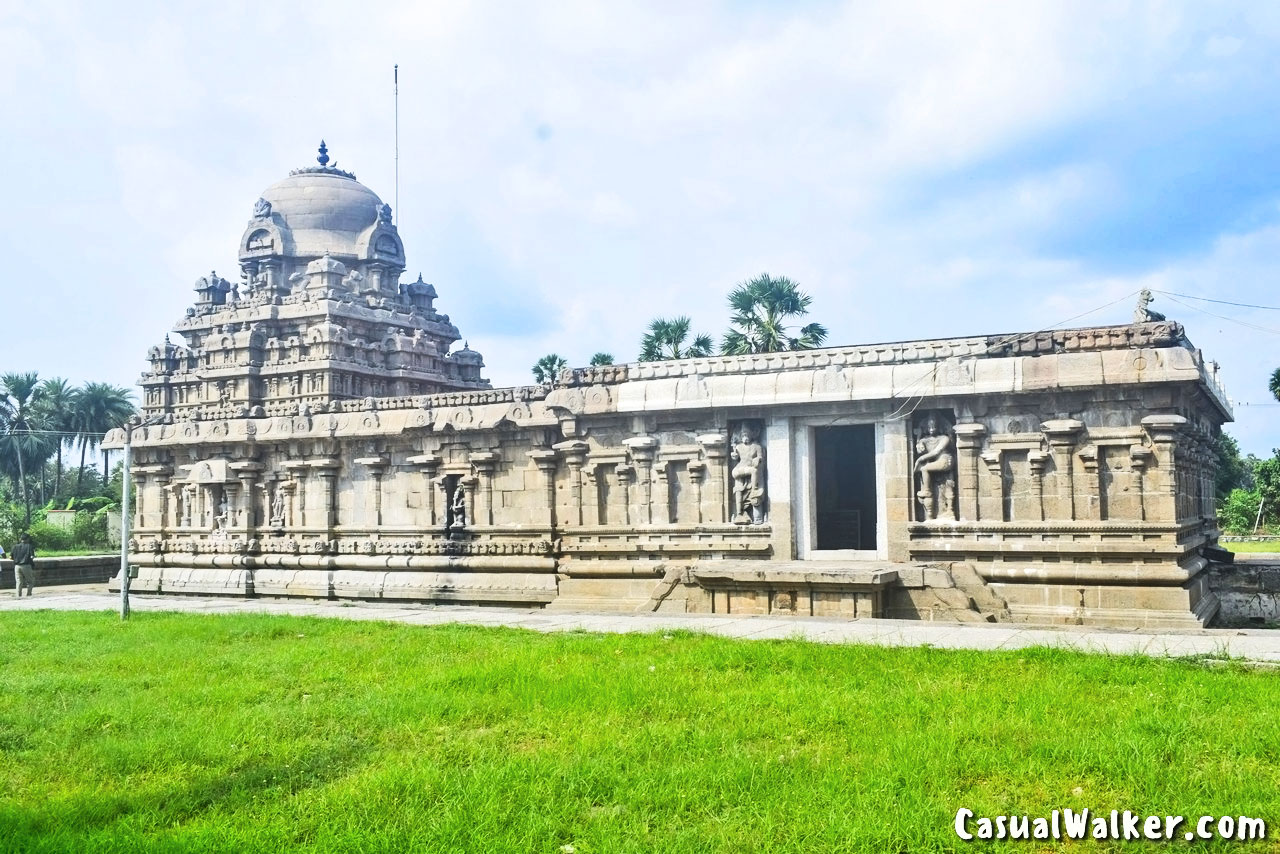
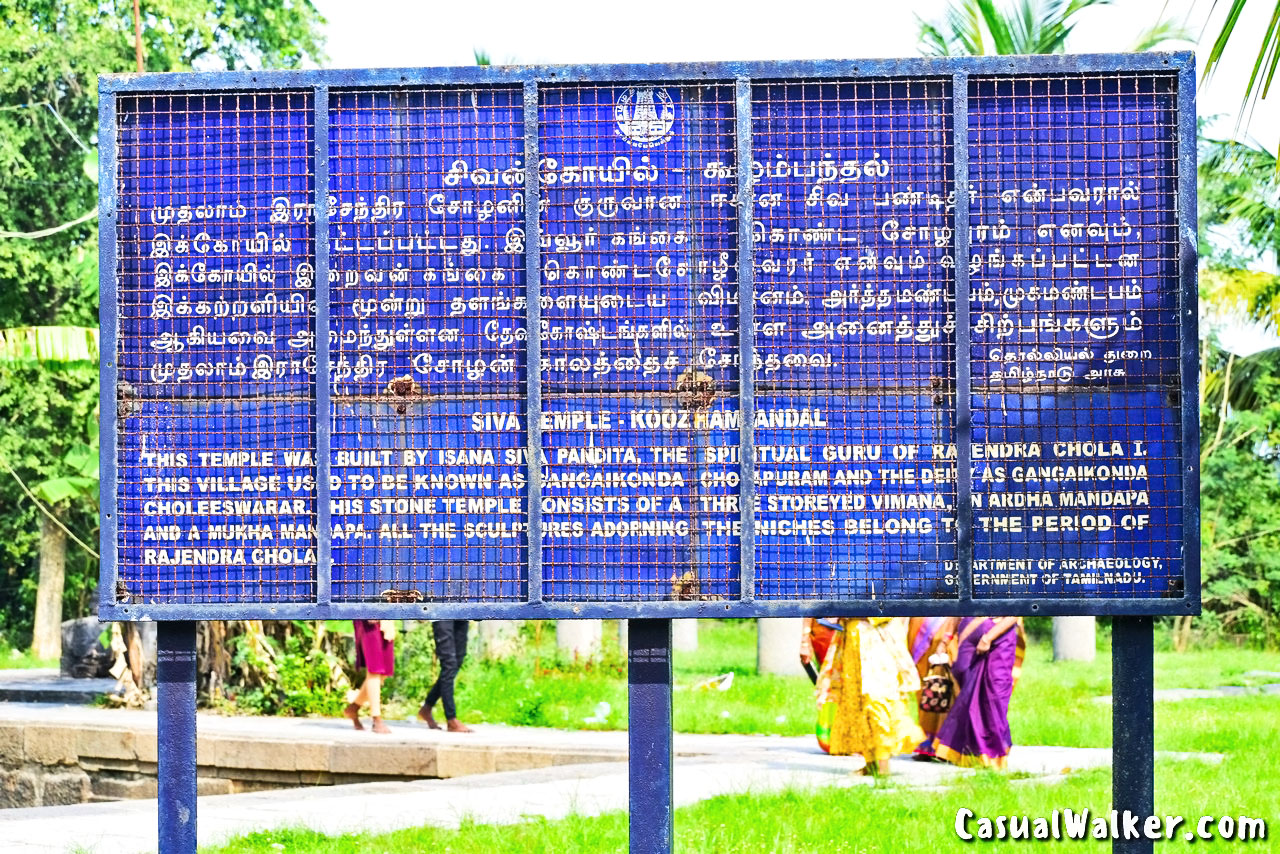
Gangaikonda Choleeswarar Temple History
This temple, now over 1,000 years old, is a shining example of Chola craftsmanship and devotion. Originally known as Vikrama Chozhapuram, the area was part of Jayangonda Chozhamandalam, a prominent administrative region during the Chola era.
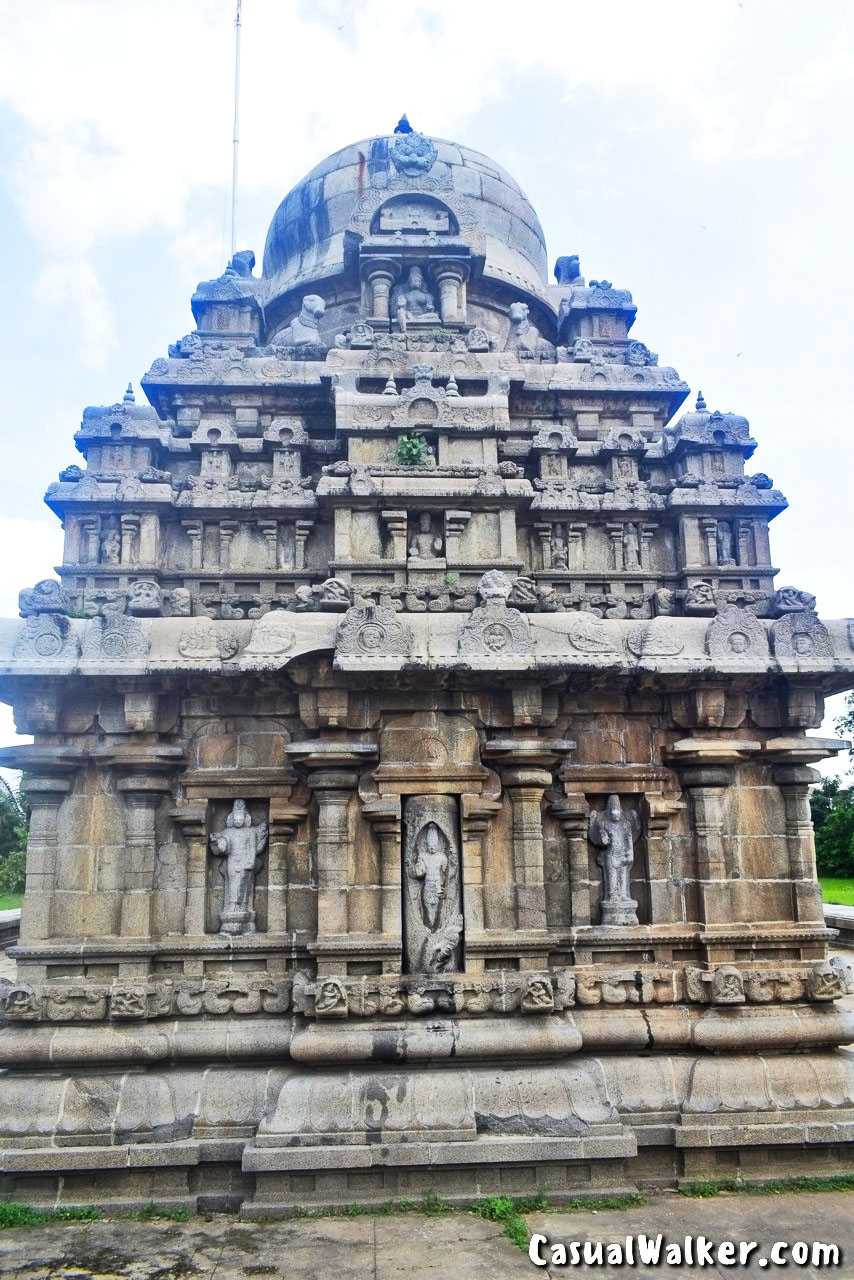
Inscriptions within the temple provide fascinating insights into its past, revealing its ancient name, Koozhampandal, derived from “Koozhan” (jackfruit tree) and “Pandal” (road), hinting at a scenic village lined with jackfruit trees. Over time, the temple also became known as Sri Jagannathesvarar Temple, reflecting its evolving history and enduring significance.

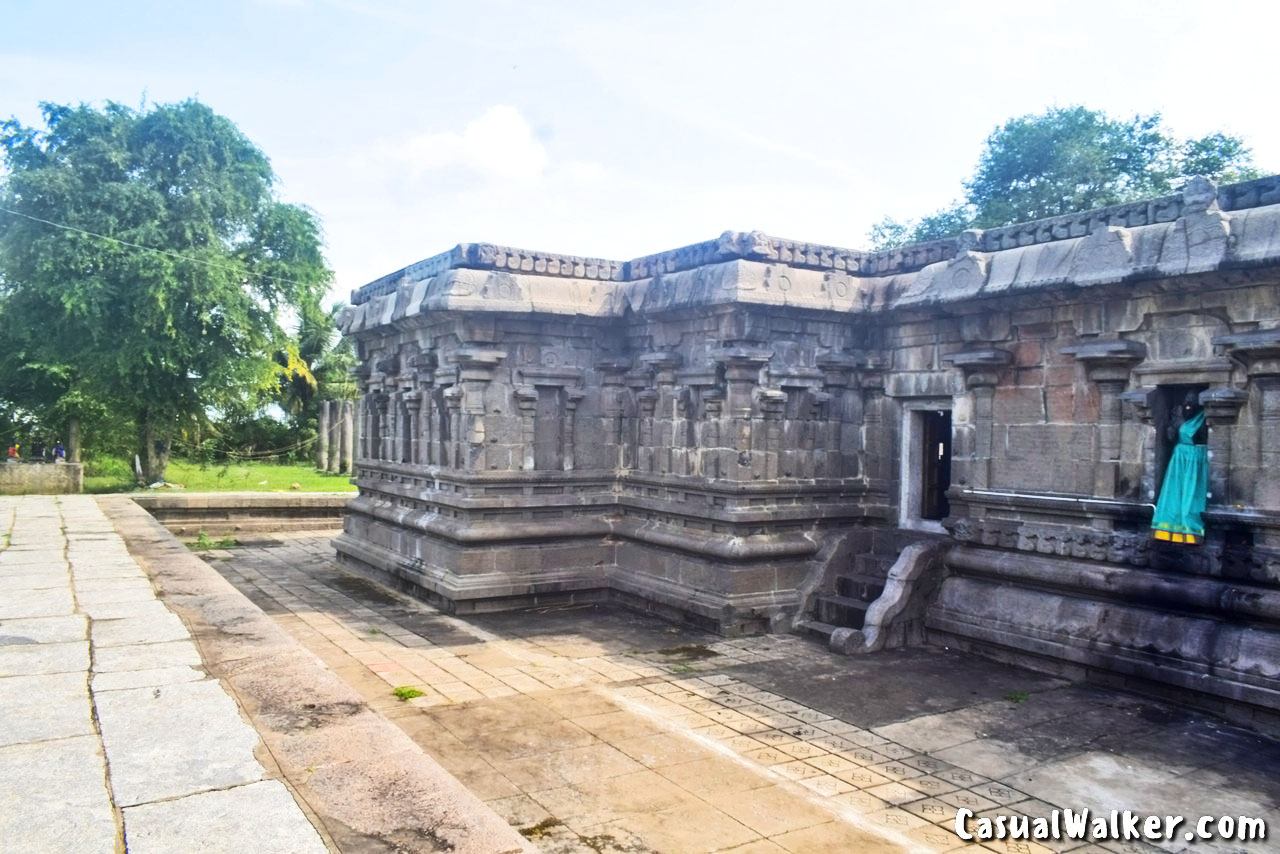
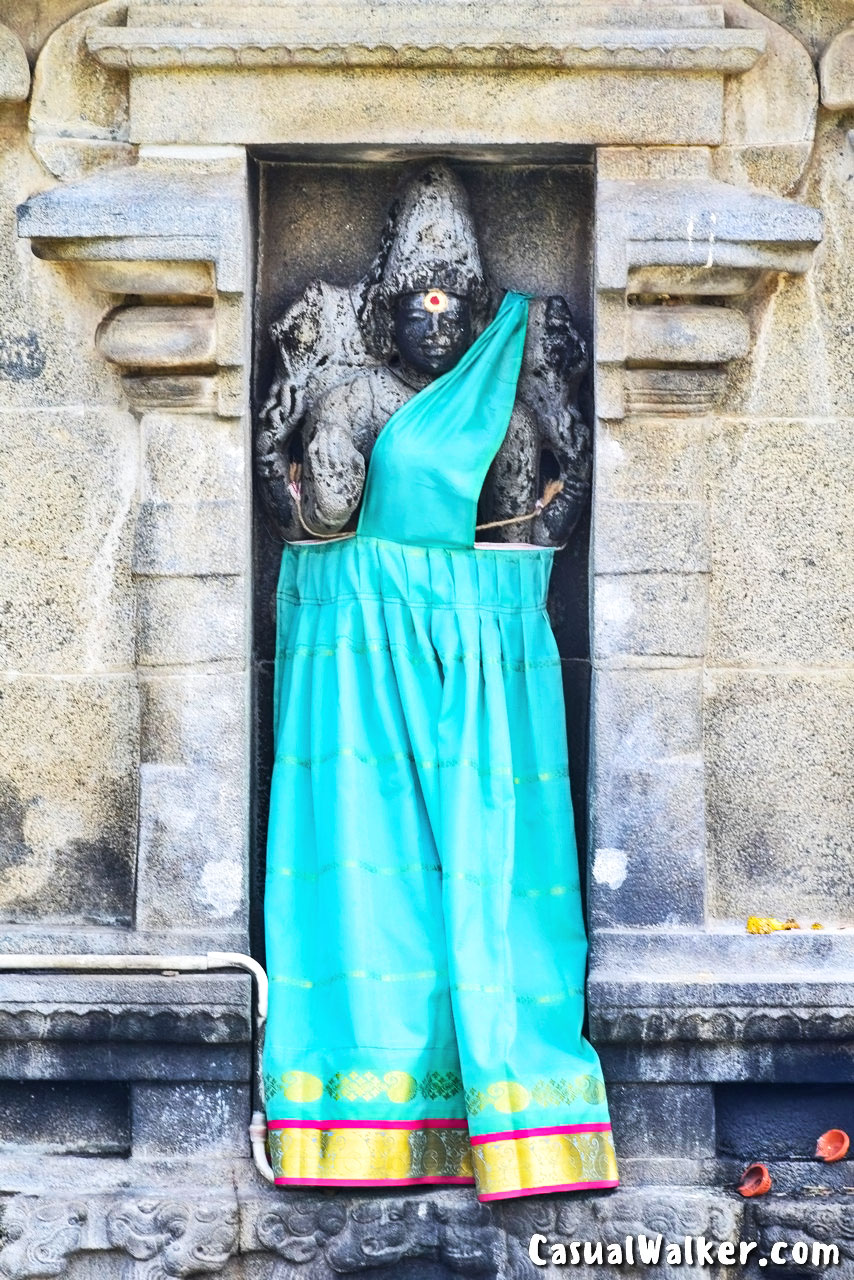
Gangaikonda Choleeswarar Temple Architecture
The Gangaikonda Choleeswarar Temple is a masterpiece of Dravidian architecture, blending influences from the Chalukyan style with the unique aesthetics of the Chola dynasty. The temple’s design strictly follows Agamic principles and Vastu Sastra, showcasing a harmonious blend of spirituality and artistry.
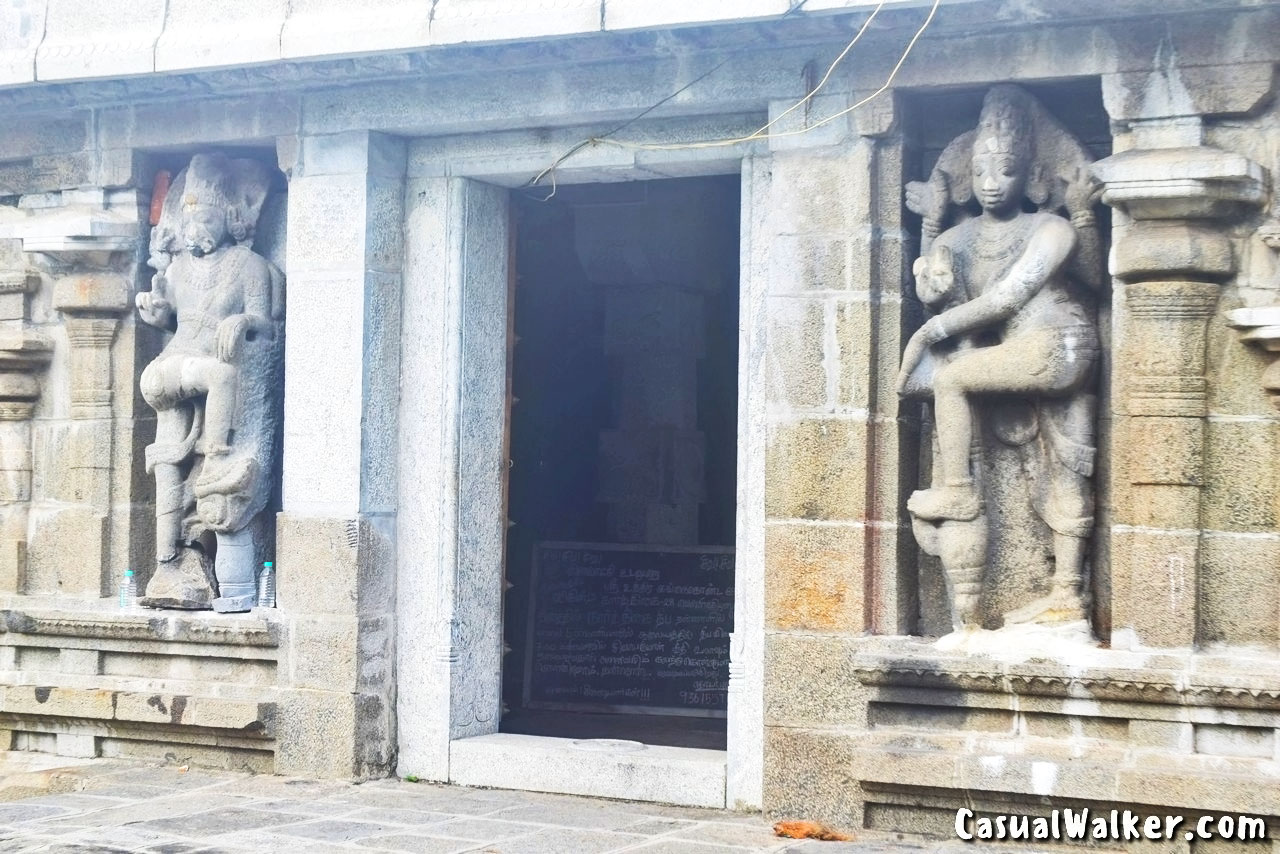 Gangaikonda Choleeswarar Temple is a symbol of the Chola dynasty’s devotion, architectural prowess, and cultural patronage. Its grandeur influenced later constructions, including the renowned temple at Gangaikonda Cholapuram. The blending of aesthetics, functionality, and spirituality in its design underscores the ingenuity of its creators.
Gangaikonda Choleeswarar Temple is a symbol of the Chola dynasty’s devotion, architectural prowess, and cultural patronage. Its grandeur influenced later constructions, including the renowned temple at Gangaikonda Cholapuram. The blending of aesthetics, functionality, and spirituality in its design underscores the ingenuity of its creators.
Sanctum and Vimana: The sanctum (Garbhagriha) features intricate carvings and is crowned by a Vesara-style Vimana with two tiers, adorned with miniature sculptures and niches depicting deities like Ganesha, Bhikshatana, Dakshinamurthy, Harihara, Lingodbhava, Brahma, Vishnu, Kartikeya, and Mahishasuramardini, highlighting the artistic and spiritual richness of the Chola period.
Koshta Icons: The walls of the temple house exquisitely sculpted Koshta images, including Ganapati, Dakshinamurti, Subramanya, Harihara, and Durga, each a testament to the Chola artisans’ skill.
Mandapas and Entrances: The Mukha Mandapa, with its unique Gajahastha Sobana steps, provides access to the sanctum. The Dwarapalas guarding the entrances reflect the temple’s grandeur.
The temple’s layout and construction align with ancient texts, showcasing a deep understanding of sacred geometry and aesthetics. The structure is built entirely of stone, with a robust foundation and intricate carvings that have withstood the test of time.
Inscriptions at Gangaikonda Choleeswarar Temple
The inscriptions found in the temple are invaluable historical records. These include details of donations made during the Chola and Vijayanagara periods. These inscriptions reveal that Koozhampandal was historically known as Vikramachozhapuram, part of Jayangonda Chozhamandalathu Kazhiyur Kottathu Baakoor Nadu. The Vijayanagara inscriptions primarily document donations of land, goats, cows, gold, and other offerings. The income from these donations and interest accrued from monetary gifts was utilized to fund daily poojas, celebrations, and the burning of perpetual lamps.
A majestic Nandi is positioned on the eastern side of the temple. Evidence suggests the existence of a mandapam (hall) behind the Nandi, as roofless rounded pillars are still visible.
One notable inscription from Rajendra Chola I’s 22nd regnal year (1034 A.D.) records the donation of land as Devadāna (gift to deities) for temple upkeep. The inscriptions also highlight the temple’s role as a center of community life and its significance in the region’s cultural and spiritual history.
The temple is adorned with sculptures that narrate stories from Hindu mythology and showcase the artistry of the Chola period: A seated Ardhanareeswara on the northern Vimana is a unique and rare depiction. Loose sculptures, including Dakshinamurti and Durga, are preserved and displayed within the temple premises. The walls and Adhishthana feature intricate carvings, including a yazhi frieze and kumudam mouldings, adding layers of detail to the temple’s design.
Beyond its architectural brilliance, the Gangaikonda Choleeswarar Temple serves as a spiritual sanctuary. The temple continues to attract devotees who seek blessings from Lord Shiva, as well as history enthusiasts and researchers exploring Tamil Nadu’s rich cultural tapestry. Its sanctity is enhanced by the meticulous adherence to Agamic rituals, which have been preserved for centuries.
Visiting the Gangaikonda Choleeswarar Temple is akin to stepping into a time capsule that transports you to the glorious days of the Chola empire. Whether you are a devotee, history buff, or art enthusiast, this temple offers a profound glimpse into Tamil Nadu’s architectural and spiritual heritage. It remains a testament to the timelessness of India’s ancient traditions and the enduring legacy of its temple architecture.
Travel Tips for Gangaikonda Choleeswarar Temple / Jagannathesvarar Temple in Koozhampandal, Thiruvannamalai
Address of Gangaikonda Choleeswarar Temple / Jagannathesvarar Temple in Koozhampandal, Thiruvannamalai :
MMM8+JFQ, Ukkal Main Rd, near NH 116, Koolampandal, Tamil Nadu 631701
Phone: +91 9361557114
How to reach Gangaikonda Choleeswarar Temple / Jagannathesvarar Temple in Koozhampandal, Thiruvannamalai
The temple is situated around 18 km from Kanchipuram, along the Kanchipuram-Vandavasi route, just 200 meters to the east of the main road.
By Road: The temple is well-connected by road and can be easily accessed via local buses, taxis, or private vehicles from Kanchipuram or nearby towns.
By Train: The nearest railway station is at Kanchipuram, which serves as a convenient transit point for visitors traveling by train.
By Air: The closest airport is Chennai International Airport, located approximately 80 km from the temple. From there, you can hire a taxi or use public transport to reach the site.

Similar Famous Lord Shiva Temples You May Like to Visit:
Jurahareshwarar Temple, Kanchipuram – Best & Famous Shiva Temple In India – Visit, Travel Guide

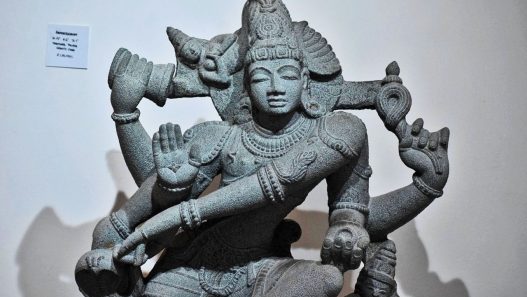

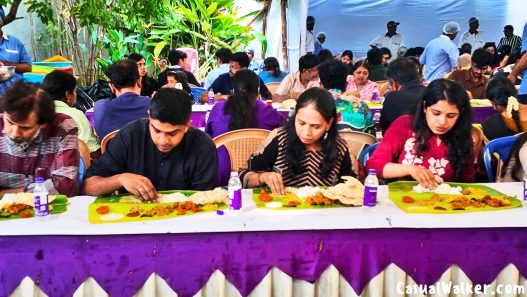




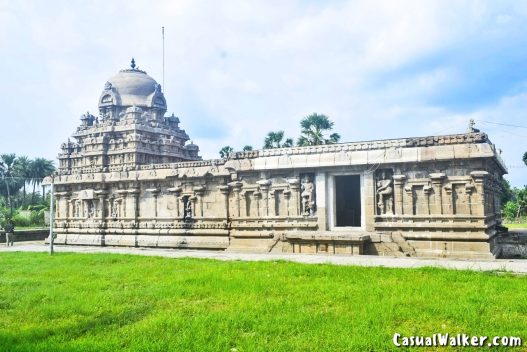



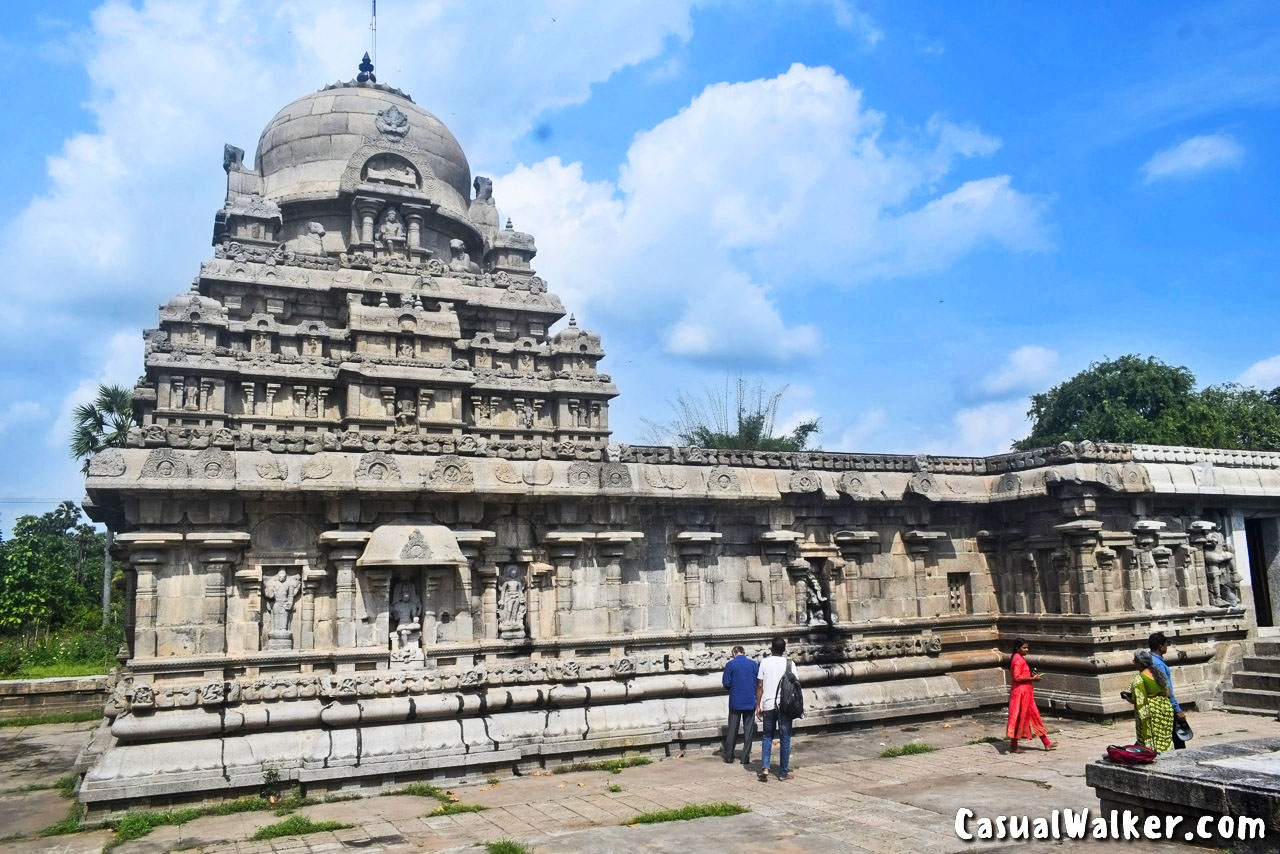
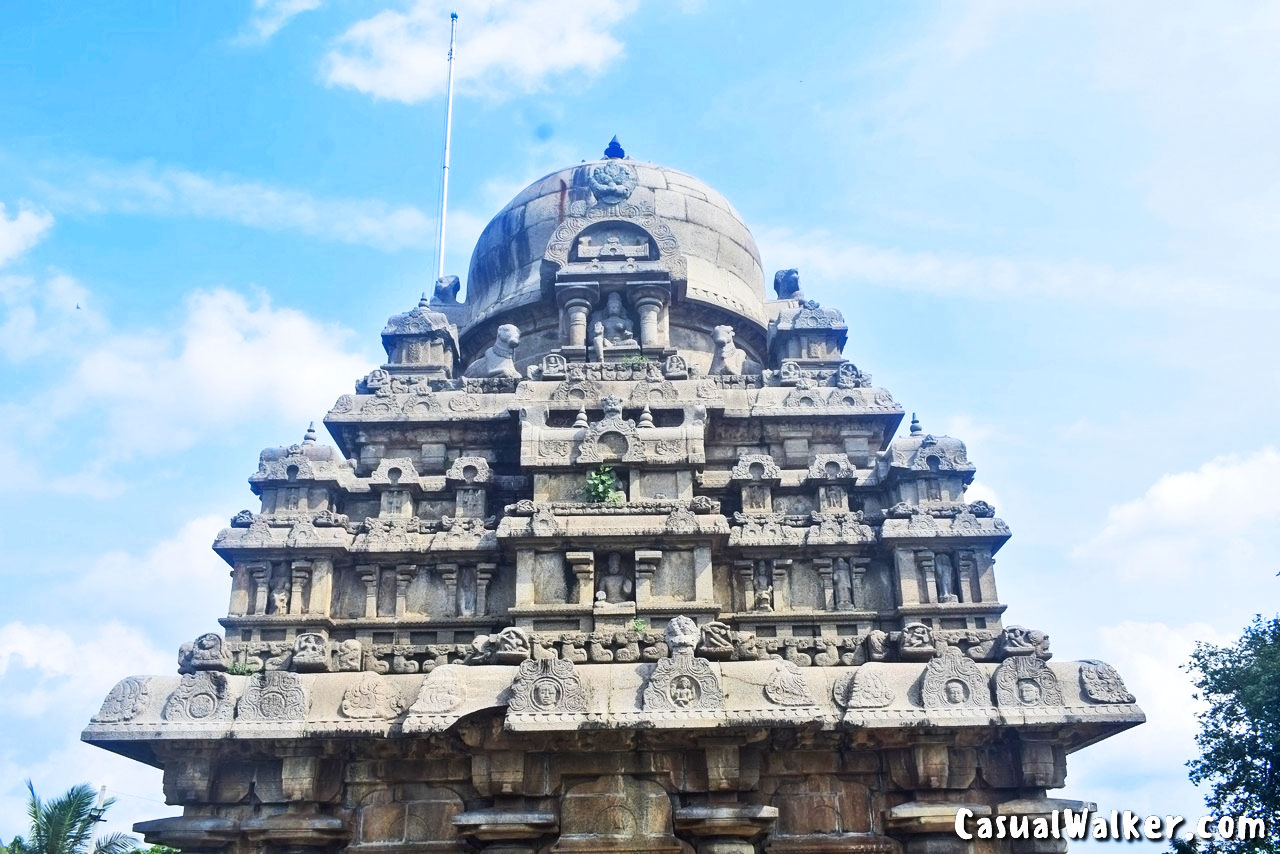
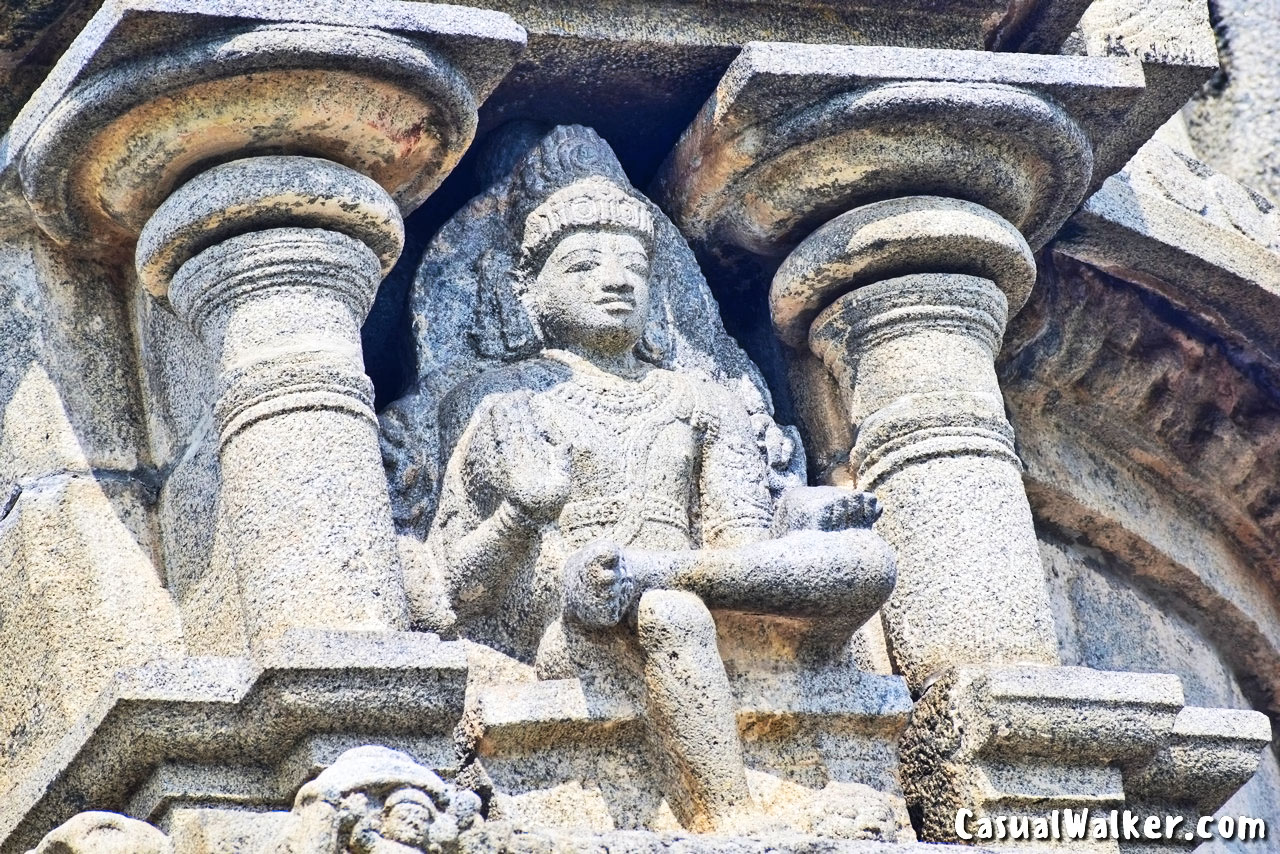

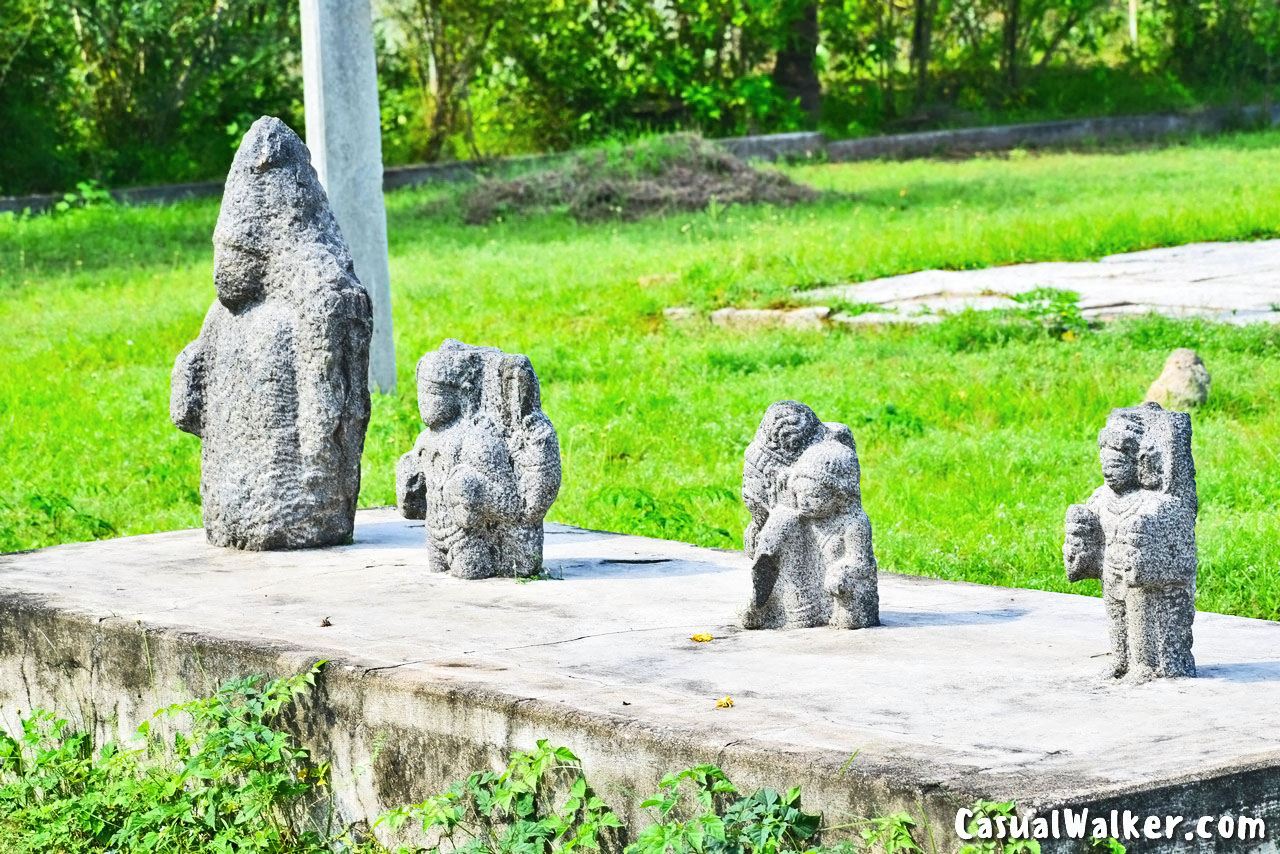
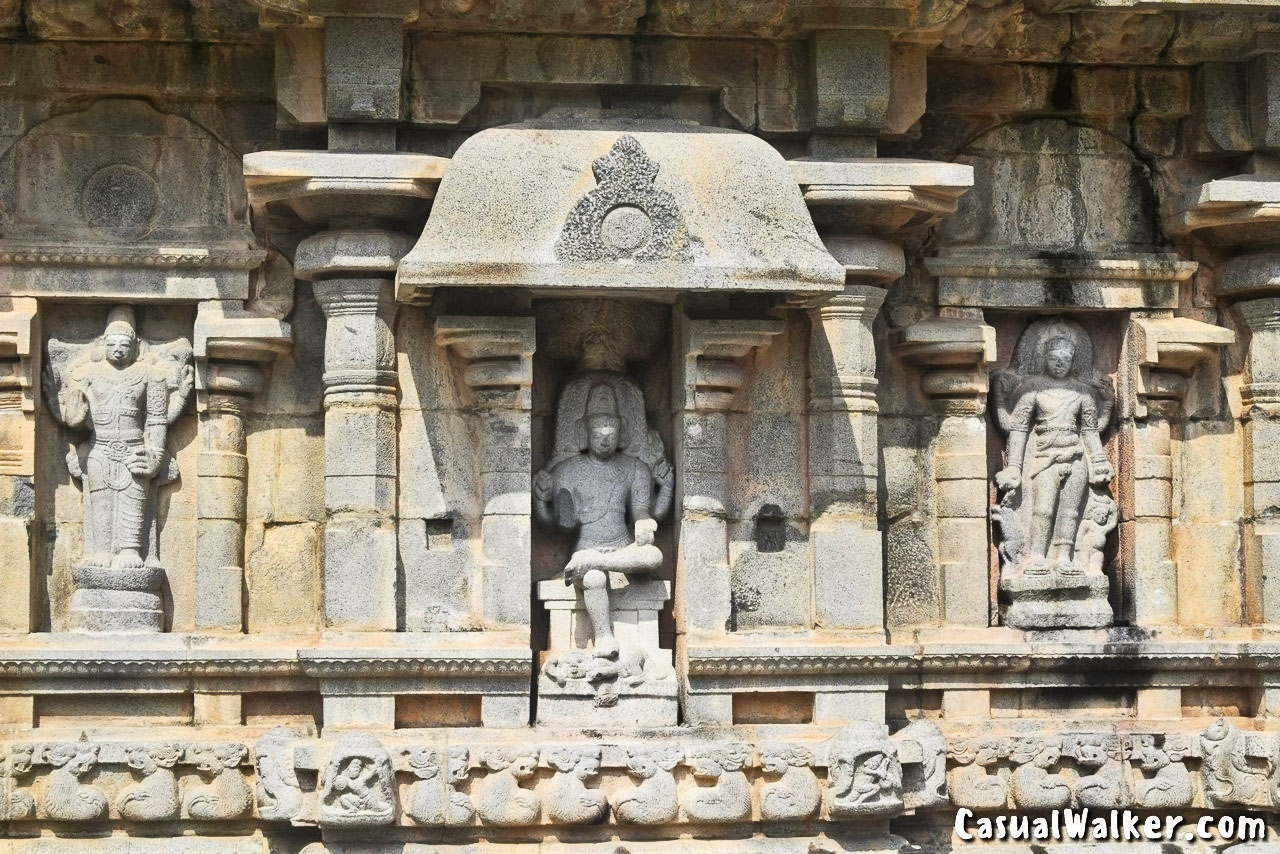
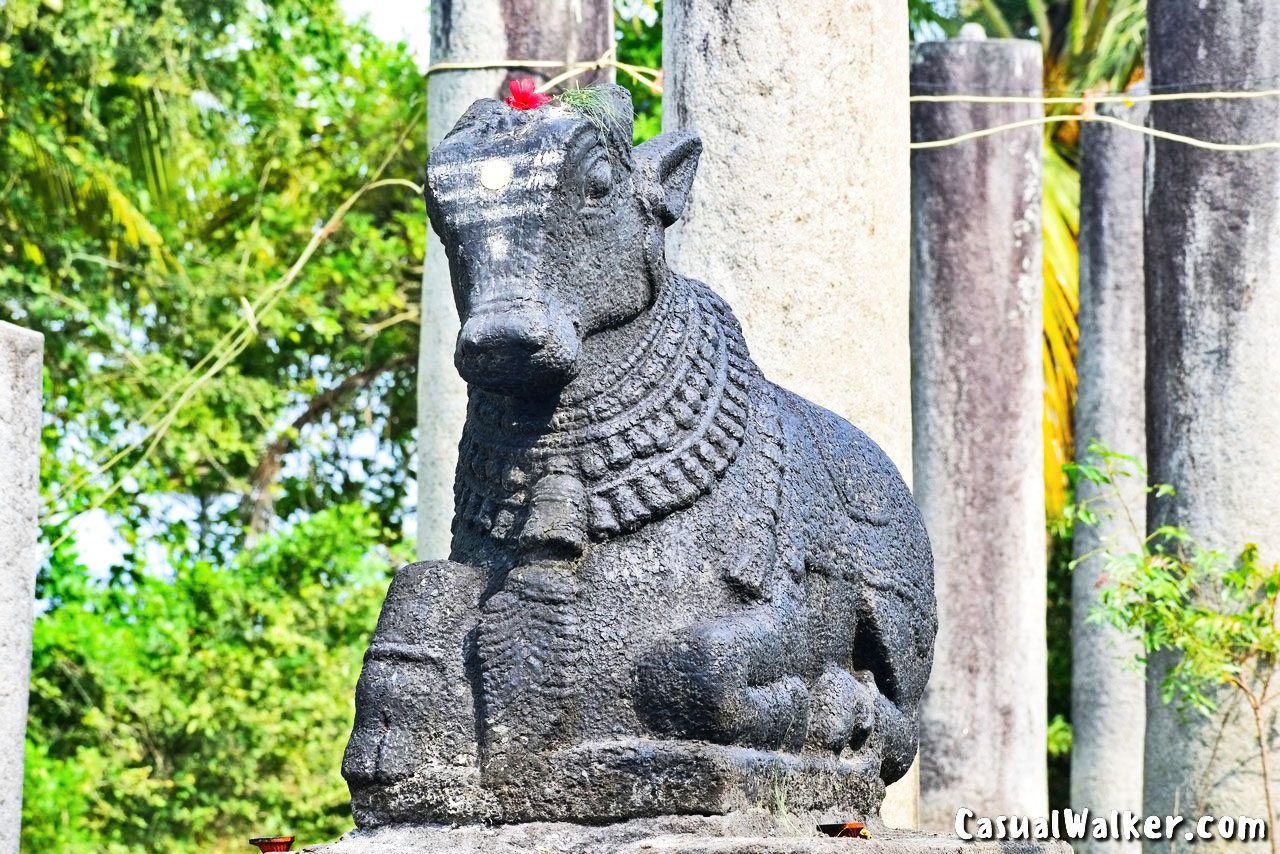
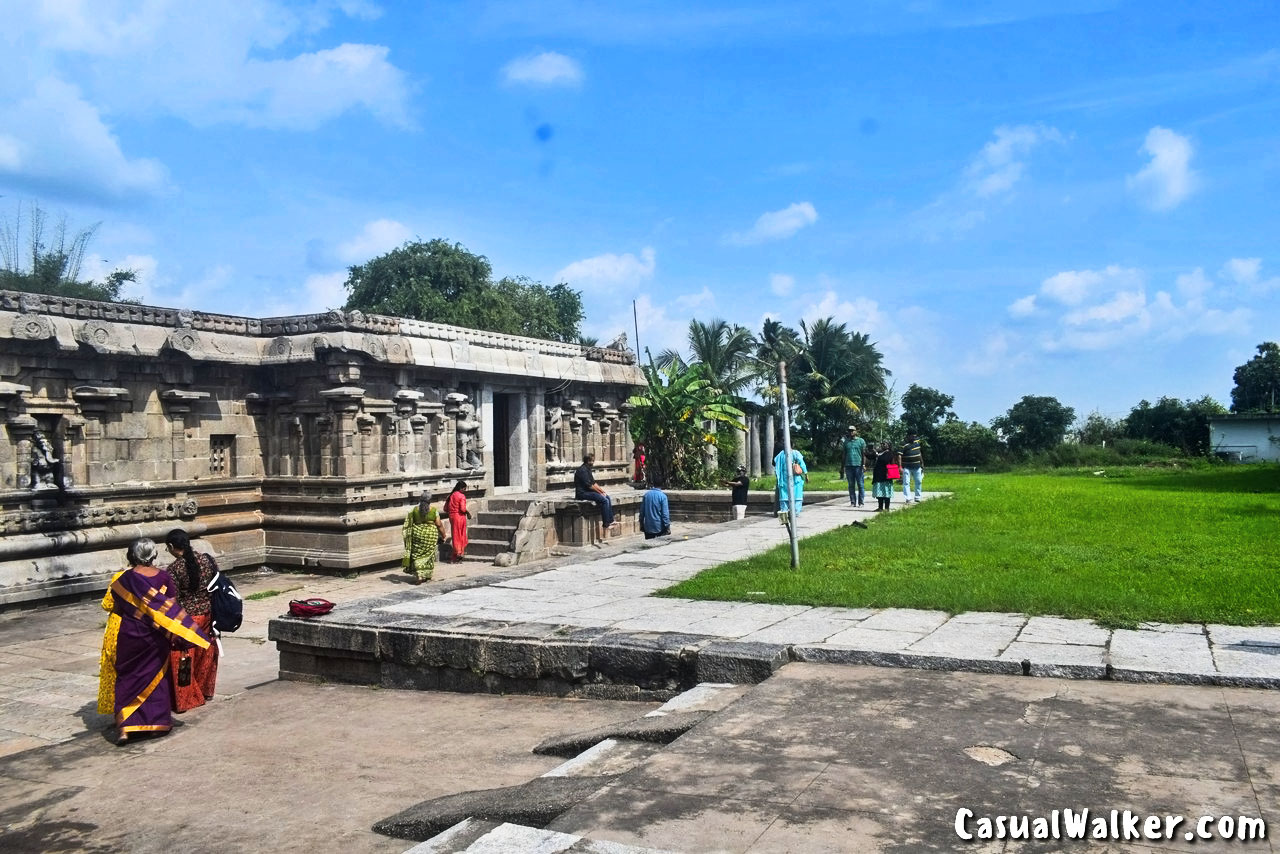














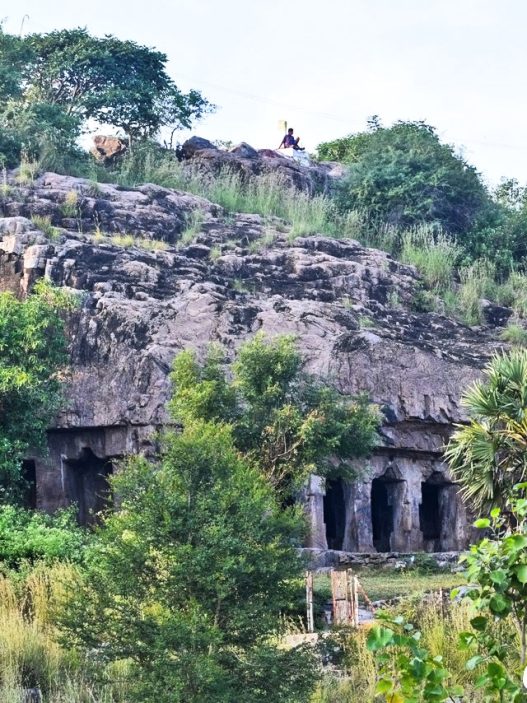
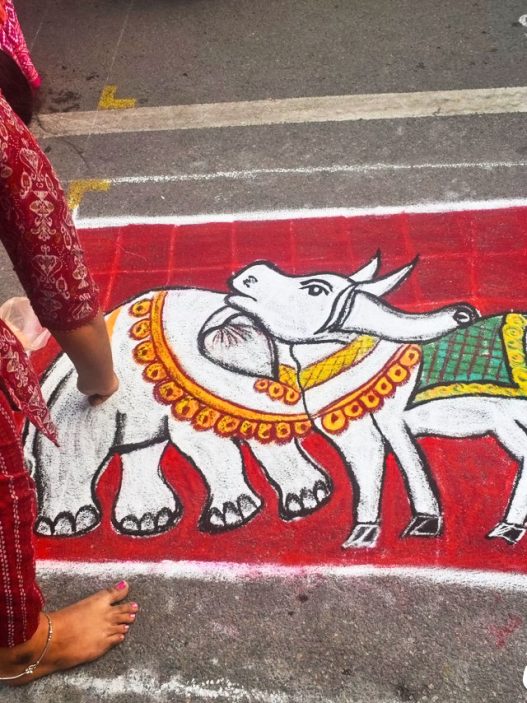
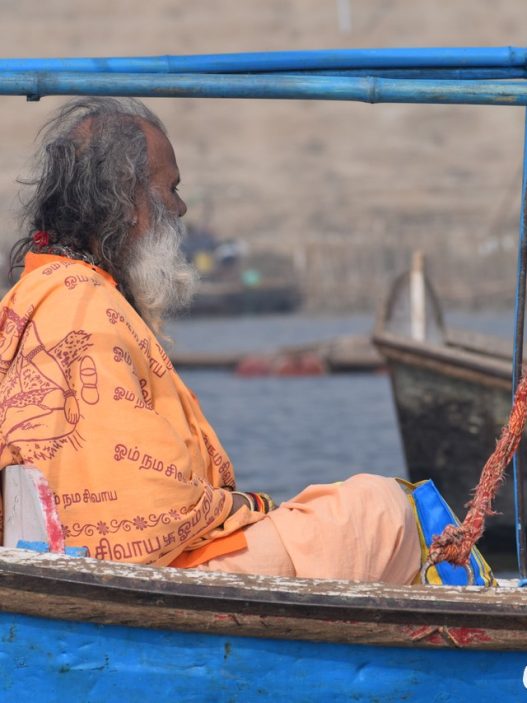
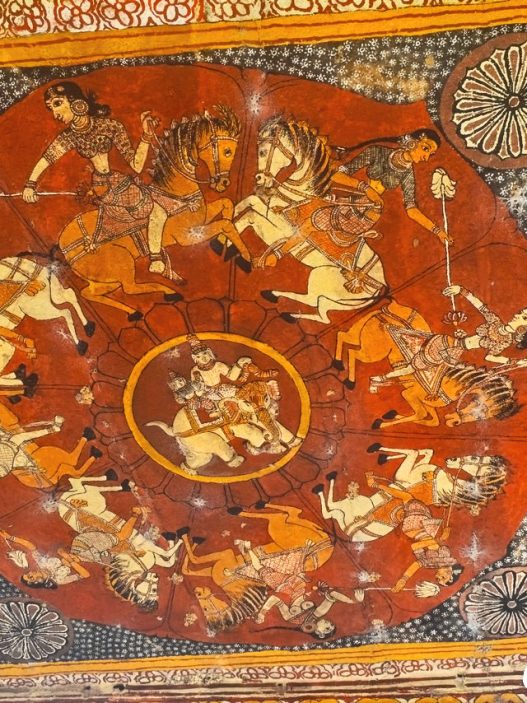

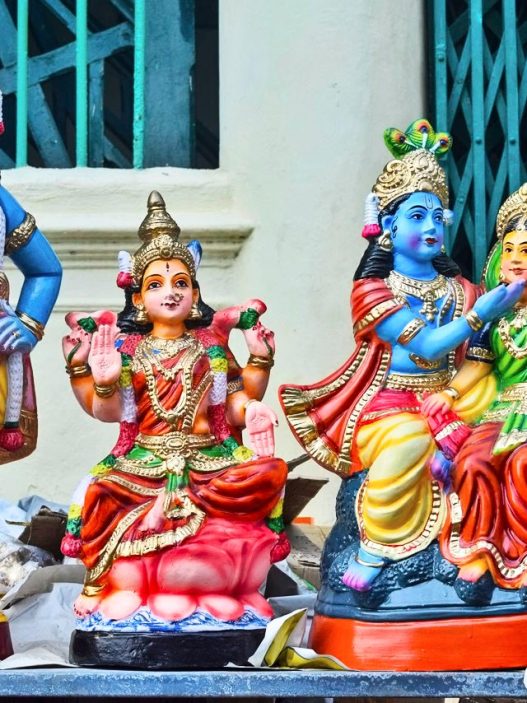
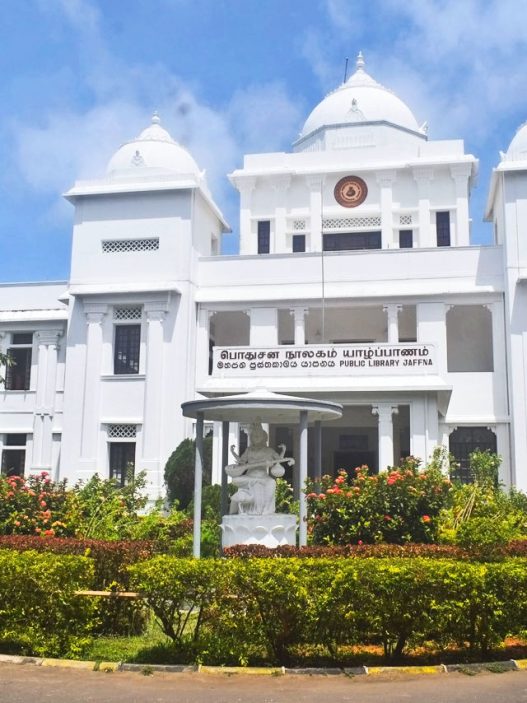

udlbz5
I simply could not depart your website prior to suggesting that I really enjoyed the usual information a person supply to your visitors? Is going to be back ceaselessly in order to inspect new posts
w3st1r
Spot on with this write-up, I really think this web site needs way more consideration. I’ll probably be once more to read far more, thanks for that info.
Thanks for another great article. Where else could anyone get that type of info in such a perfect way of writing? I’ve a presentation next week, and I’m on the look for such information.
Pretty nice post. I just stumbled upon your blog and wished to say that I have truly enjoyed browsing your blog posts. In any case I’ll be subscribing to your feed and I hope you write again very soon!
I regard something really special in this web site.
Keep up the wonderful work, I read few content on this site and I believe that your website is real interesting and has got sets of superb information.
Valuable info. Lucky me I found your web site by accident, and I am shocked why this accident didn’t happened earlier! I bookmarked it.
I adore studying and I conceive this website got some genuinely utilitarian stuff on it! .
You are my intake, I have few blogs and occasionally run out from brand :). “Analyzing humor is like dissecting a frog. Few people are interested and the frog dies of it.” by E. B. White.
đăng ký 66b Nếu bạn muốn chơi game thỏa thích với thương hiệu này, bạn hãy tải và cài đặt ứng dụng từ link chính thức của chúng tôi. Điều này giúp đảm bảo an toàn và tránh các rủi ro từ những nguồn không rõ ràng. Sau khi tải ứng dụng, bạn có thể đăng ký tài khoản và bắt đầu trải nghiệm ngay.
xn88 casino Hệ thống livestream trực tiếp mang lại cảm giác như bạn đang ngồi tại sòng bạc thật, với sự tương tác trực tiếp và công bằng tuyệt đối. Các bàn chơi được thiết kế tinh tế, giao diện thân thiện và dễ sử dụng, giúp bạn dễ dàng tham gia và tận hưởng.
u9tbzp
https://t.me/s/officials_pokerdom/4081
Super helpful
https://t.me/s/RejtingTopKazino
slot365 link alternatif là nhà cái cá cược trực tuyến uy tín hàng đầu châu Á, được cấp phép hoạt động bởi tổ chức First Cagayan Leisure & Resort Corporation (First Cagayan) uy tín tại Philippines. Với hơn 10 năm kinh nghiệm hoạt động, trang web đã và đang thu hút đông đảo người chơi tham gia.
I will right away grab your rss as I can not in finding your e-mail subscription hyperlink or e-newsletter service. Do you have any? Please allow me know in order that I may subscribe. Thanks.
Loved this piece
N8casino is my go-to spot for some online gambling fun. They have a wide variety of games and the payouts are pretty decent too. Check out them from n8casino if you are looking for a good time.
Hey very nice website!! Man .. Excellent .. Amazing .. I’ll bookmark your blog and take the feeds also…I’m happy to find numerous useful information here in the post, we need develop more techniques in this regard, thanks for sharing. . . . . .
Eine Seite, die sich auf Slots spezialisiert hat, muss selbstverständlich auch ein reichhaltiges
Spieleportfolio bieten können. Als frischer Marktteilnehmer hat Mason Slots im Jahr 2021 den deutschen Markt
betreten und sich dabei vor allem auf die Slot-Community konzentriert.
Egal, ob Sie ein erfahrener Spieler oder ein Neuling sind, es gibt für jeden etwas in diesem umfangreichen Spielangebot.
Mit einer beeindruckenden Sammlung von über 4.500 Casino-Titeln kann Slothunter seinen Spielern ein riesiges Spielangebot bieten.
Der Neukundenbonus umfasst insgesamt vier Boni auf die ersten vier
Einzahlungen.
Die Spielautomaten machen den größten Anteil an der Auswahl aus, die mit über 1.000 verschiedenen Automaten eine unübertroffene Erlebnisvielfalt bietet.
Mit einer breiten Palette von Wettoptionen, einschließlich virtueller
Sportarten, E-Sports und internationalen Ereignissen, bietet dieses Online-Casino
eine unvergleichliche Sportwett Plattform. Mit einer entsprechenden Lizenzierung bietet das Unternehmen Glücksspielunterhaltung von höchster Qualität.
Fühlen Sie sich wie ein Pionier, wenn es darum geht, Informationen über faszinierende Casino Bonus zu
erhalten! Ja, einer der Vorteile der maltesischen Regulierungsbehörde ist die Möglichkeit, eine Beschwerde
bei einer Glücksspielseite einzureichen. Aus diesem Grund versuchen seriöse Glücksspielseiten, eine MGA Lizenz zu erhalten. Erwachsene deutsche
Spieler können sich registrieren, einzahlen und anfangen, echtes Geld zu gewinnen. Ja, MGA Casinos sind in fast
ganz Europa legal, einschließlich Deutschland.
References:
https://online-spielhallen.de/beste-deutsche-online-casinos-experten-test/
I got what you intend, thankyou for putting up.Woh I am lucky to find this website through google. “Those who corrupt the public mind are just as evil as those who steal from the public.” by Theodor Wiesengrund Adorno.
Excellent read, I just passed this onto a friend who was doing a little research on that. And he actually bought me lunch since I found it for him smile Thus let me rephrase that: Thank you for lunch!
I love it when people come together and share opinions, great blog, keep it up.
Loving the info on this website , you have done great job on the blog posts.
The process ensures every player meets the security requirements
before playing. Registering at King Billy Casino is a quick
process designed to get new players up and running as fast as possible.
For extra security the platform may ask you to do multi-factor authentication (MFA)
before you can continue. Every King Billy Casino code is created to honor our loyal players who return weekly to win.
Regular audits verify random number generator integrity and game
payout percentages align with published RTP values.
The platform prioritizes providers with established reputations
for fairness, innovation, and technical reliability.
The casino commits to resolving standard inquiries within 24 hours and
complex matters within 72 hours. The support team accepts attachments up to 10MB for sharing screenshots or verification documents.
References:
https://blackcoin.co/casino-crypto-first-online-casino-review/
…and many more dedicated online gambling experts For an in-depth guide on the
best VIP and high roller casinos, check out this guide.
The pokies that you will have available will be provided
by some of the industry’s leading software developers
like NetEnt, Yggdrasil, Microgaming, Playtech, Pragmatic Play and plenty of others.
Titles like Jackpot Raiders, Lucky Cat, Dr. Fortuno, and Aztec Coins deliver that steady, suspenseful build-up
loved by players chasing long-term wins at top online casinos real money sites.
Australia doesn’t license local online casinos, so the only way to play real money games is through trusted international sites that accept Aussies.
The best online casinos Australia for real money typically
offer match bonuses on first deposits. Yes, winning
real money while playing casino games is possible in online casinos that accept Australian players and are
licensed to accept real money wagers.
All the top Australian casino sites we recommend meet
these standards, making it easy for you. These are perfect for players who enjoy competition and
want more excitement than just spinning the reels solo.
Table games like blackjack and baccarat might be your
go-to. Casinonic drops a solid A$7,500 in bonus cash and gives
you access to 700+ jackpot pokies, including high-volatility options that reward patience and timing.
It ranks among the best Bitcoin casinos, where you get A$8,000 + 400 free spins welcome package for a strong start.
Neospin is the best Australian casino online.
References:
https://blackcoin.co/crypto-casino-roostake-com/